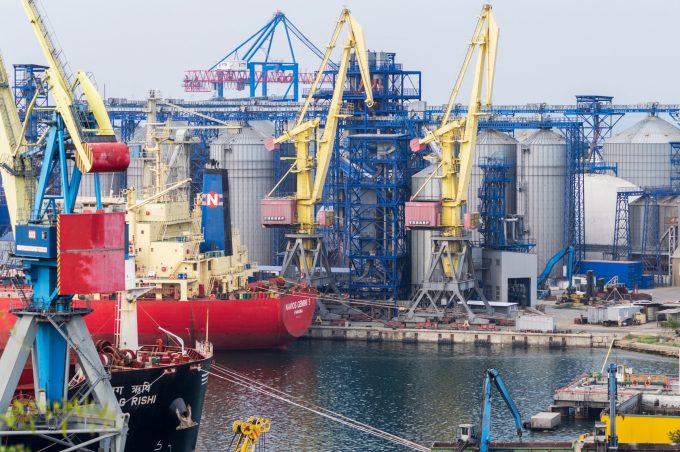Greener vessels could turn a profit under FuelEU programme
Unlike EU ETS, FuelEU has the rare distinction of being a regulation from which carriers ...

In the drive to decarbonise shipping, much of the focus centres on reducing carbon emissions created onboard vessels, overlooking the critically important role of ports.
Ports are vital in the shipping chain but are also significant sources of pollution. Ports have a vested interest in the ...

Comment on this article